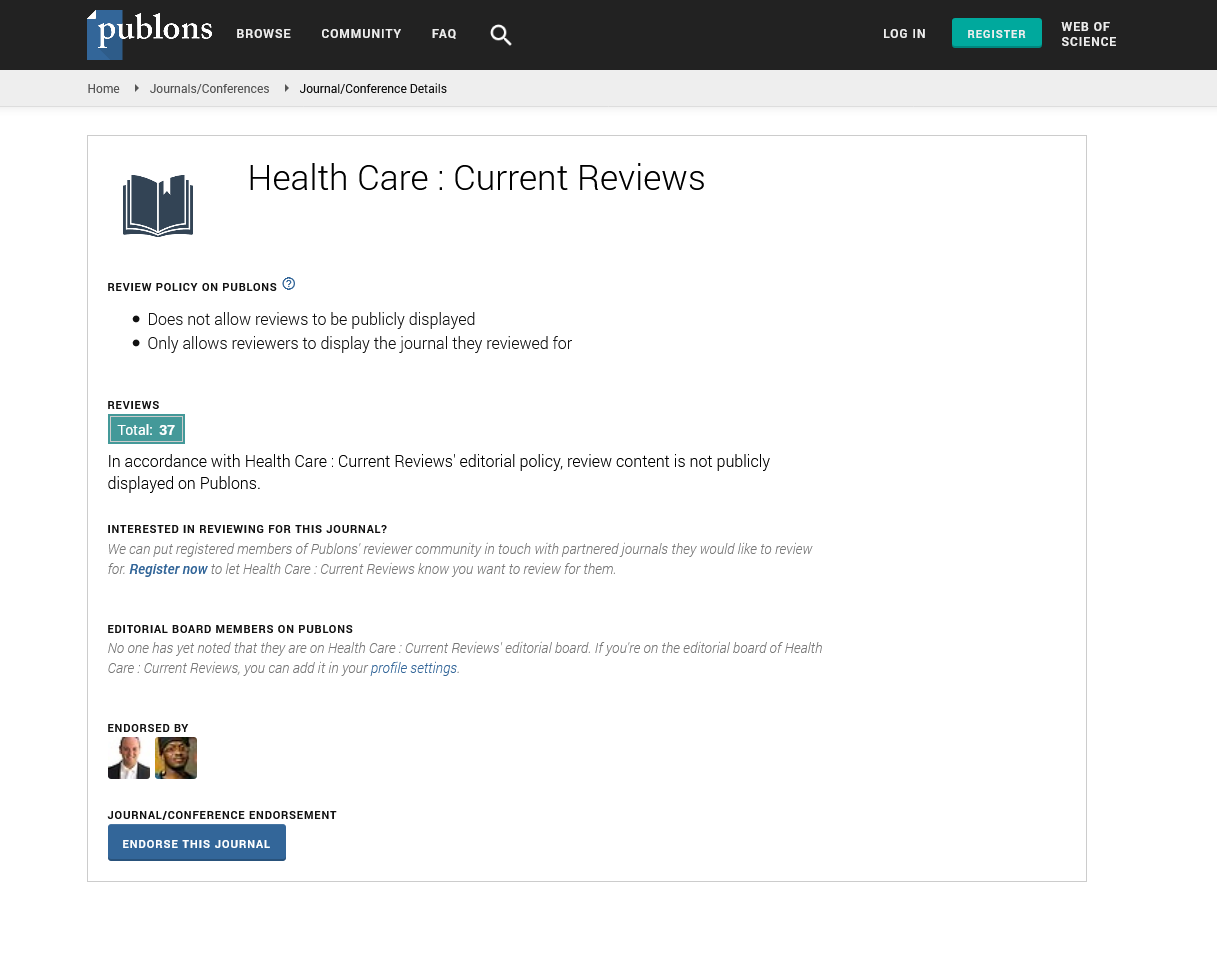Indexed In
- Open J Gate
- Academic Keys
- RefSeek
- Hamdard University
- EBSCO A-Z
- Publons
- Geneva Foundation for Medical Education and Research
- Google Scholar
Useful Links
Share This Page
Journal Flyer

Open Access Journals
- Agri and Aquaculture
- Biochemistry
- Bioinformatics & Systems Biology
- Business & Management
- Chemistry
- Clinical Sciences
- Engineering
- Food & Nutrition
- General Science
- Genetics & Molecular Biology
- Immunology & Microbiology
- Medical Sciences
- Neuroscience & Psychology
- Nursing & Health Care
- Pharmaceutical Sciences
Clinical observation on reducing false alarm rate of electrocardiogram monitor in PICU
Joint Event on 3rd International Conference on Pediatric Nursing and Healthcare & 3rd International Conference on Perinatal Nursing and Adolescent Psychiatry
September 21-22, 2018 | Vancouver, Canada
Hu Yongqun
Hubei Maternal and Childrens Health Hospital, China
Posters & Accepted Abstracts: Health Care Current Reviews
Abstract:
Background: According to the report of the American Academy of Emergency Medical Sciences, the safety problem of medical equipment alarm has become the top ten medical technology hazards in 2015. Some studies indicated that the noise produced by the alarm not only affects the patients but also directly affects the medical staff and reduces their working efficiency in the larger ICU whose noise level is above 30dB recommended by the World Health Organization. The report showed that 86% of the alarm was a false positive. In this study, we formulated the countermeasures based on the investigation of the frequency and causes of the false alarm of ECG monitor in PICU, so as to reduce false alarm rate and ensure the safety of patients. Methods: 805 times of monitor were observed from 11.30 am to 2 pm every day for two consecutive weeks. 367 times alarm and their causes were recorded. According to the principle of Pareto, it was found that the main reasons were the failure of the nurse to intervene in the loss of the lead line of the monitor and the wrong setting of the alarm range. The causality analysis method was used to find out the important reasons, formulate the corresponding countermeasures and strictly implement them. Results: The incidence of false alarm rate was 82.29% and 52.01% before and after improvement, respectively and the average noise of wards decreased from 70.05±3.40 decibels to 55.32±3.53 decibels. Conclusion: Strengthening the training of nurses to standardize the use of monitor, setting individualized alarm range, turning off non-dangerous alarm, appeasing the children in time and giving them sedation or restraint appropriately, making checklist and handing over strictly, which can obviously reduce the false alarm times, improve the monitoring effect and create a quiet and safe environment.
Biography :
E-mail: yq19690421@163.com

